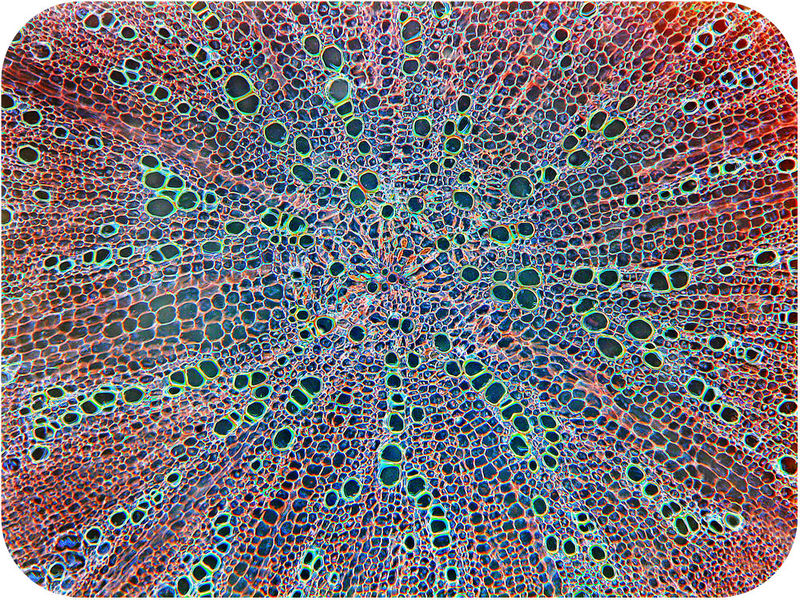
Figure 1. What is this abstract pattern? Is it just a random artistic piece? Is it a depiction of a pattern of bubbles? Would you believe it is part of a plant? It is actually the center portion of a carrot taproot. And these are all cells. Cells that have come together to form a tissue, with a specific function. What do you think is the main function of tissue in a plant’s root?
Plant Tissues
As for all animals, your body is made of four types of tissue: epidermal, muscle, nerve, and connective tissues. Plants, too, are built of tissues, but not surprisingly, their very different lifestyles derive from different kinds of tissues. All three types of plant cells are found in most plant tissues. Three major types of plant tissues are dermal, ground, and vascular tissues.
Dermal Tissue
Dermal tissue covers the outside of a plant in a single layer of cells called the epidermis . You can think of the epidermis as the plant’s skin. It mediates most of the interactions between a plant and its environment. Epidermal cells secrete a waxy substance called cuticle , which coats, waterproofs, and protects the above-ground parts of plants. Cuticle helps prevent water loss, abrasions, infections, and damage from toxins.
This tissue includes several types of specialized cells. Pavement cells, large, irregularly shaped parenchymal cells which lack chloroplasts, make up the majority of the epidermis. Within the epidermis, thousands of pairs of bean-shaped schlerenchymal guard cells swell and shrink by osmosis to open and close stomata, tiny pores which control the exchange of oxygen and carbon dioxide gases and the release of water vapor. The lower surfaces of some leaves contain as many as 100,000 stomata per square centimeter.

Figure 2. The epidermis of Arabidopsis shows both pavement cells (A) and stomata made of sclerenchymal guard cells (B), which control water loss and gas exchange.
Ground Tissue
Ground tissue makes up much of the interior of a plant and carries out basic metabolic functions. Ground tissue in stems provides support and may store food or water. Ground tissues in roots may also store food.
Vascular Tissue

Figure 3. Bundles of xylem and phloem run through the ground tissue inside this stalk of celery. What function do these tissues serve?
Vascular tissue runs through the ground tissue inside a plant. Your body was able to grow from a single cell to perhaps 100 trillion cells because, 21 days after fertilization, a tiny heart began to pump blood throughout your tiny self – and it hasn’t stopped since. The blood it pumps carries water, oxygen and nutrients to each one of your trillions of cells, and removes CO 2 and other wastes. Of course plants don’t have hearts, but they do have vessels that transport water, minerals, and nutrients through the plant. These vessels are the vascular tissue, and consist of xylem and phloem. Xylem and phloem are packaged together in bundles, as shown in figure 3.
Summary
- The three types of plant cells are found in each of the major types of plant tissues: dermal, ground, and vascular tissues.
- Dermal tissue covers the outside of a plant in a single layer of cells called the epidermis. It mediates most of the interactions between a plant and its environment.
- Ground tissue makes up most of the interior of a plant. It carries out basic metabolic functions and stores food and water.
- Vascular tissue runs through the ground tissue inside a plant. It consists of bundles of xylem and phloem, which transport fluids throughout the plant.
Candela Citations
- Authored by: Douglas Wilkin, Ph.D. and Jean Brainard, Ph.D.. Provided by: CK-12. Located at: http://www.ck12.org/biology/Plant-Tissues/lesson/Plant-Tissues/r34/. License: CC BY: Attribution